What Is Shinshu Miso?
Shinshu miso is a quintessential kome miso made from rice koji and soybeans, and it’s characterized by a light color and salty taste.
Beginning in the Kamakura Period, miso making was spread by Shinchi Kakushin from the Anyoji Temple he built (in Saku City, Nagano), and in the Warring States Period Takeda Shingen had it made as rations for his troops, so miso making thrived in Nagano Prefecture.
In 1923, many miso breweries in the Tokyo metropolitan area were destroyed by the Great Kanto Earthquake.Miso sent from unaffected Nagano Prefecture as relief supplies increased its reputation in the metropolitan area, and Shinshu miso developed and expanded rapidly.
“Shinshu miso” accounts for roughly 50% of all miso produced and consumed in Japan at present.
Characteristics of Shinshu Miso
-
Production Area
Miso manufactured inside Nagano Prefecture by miso makers belonging to the Nagano Prefectural Federation of Miso Manufacturers Cooperatives is called “Shinshu miso”.
-
Ingredients
Depending on the type of koji, miso is divided into kome miso (rice koji), mugi miso (barley koji), mame miso (soybean koji), and so on.
A quintessential kome miso, “Shinshu miso” has rice koji, soybeans, and salt as its ingredients.
-
Color
“Shinshu miso” is considered good quality when it has a lusterous and striking golden yellow color.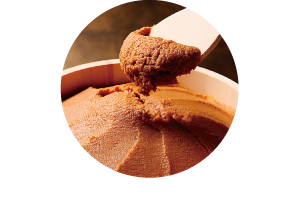
-
Flavor and Aroma
“Shinshu miso” is a salty miso that combines a refreshing umami with a rich aroma thanks to the workings of yeast and lactic acid bacteria. However, lately tastes have shifted toward sweet miso, and flavors evolve as each maker makes adjustment to accommodate the needs of modern times, such as the use of lactic acid bacteria. -
Characteristics
It’s very healthy and is often eaten with a variety of vegetables, with which it goes very well. It also goes with dashi or broth from chicken, pork, beef, or seafood. What’s more, it’s also characterized by being well-suited for use with other fermented foods such as cheese and butter.
When used for miso soup, the use of vegetables, seaweed, and soy products gives protein that wouldn’t come from rice alone, so it’s been eaten since ancient times. -
Nutritional Information and Expiration
DatesThe main components of Shinshu miso are protein, lipids, carbohydrates, salt, vitamins, minerals, and dietary fiber. There are approximately 195 kcal in 100 grams of miso. The salt concentration is 12%, but since miso is dissolved in water, the salinity is usually even lower when it’s ingested. Like other types of miso, the expiration date is usually 6 to 12 months. As miso was originally a non-perishable food, it can be used past the expiration date, but there may be some change in flavor or color.
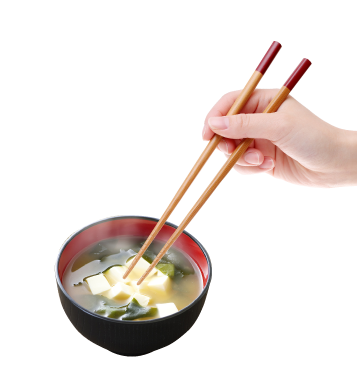
How Shinshu Miso Is Made
What It Takes to Make Kome Miso
Images courtesy of the Miso Health Promotion Committee

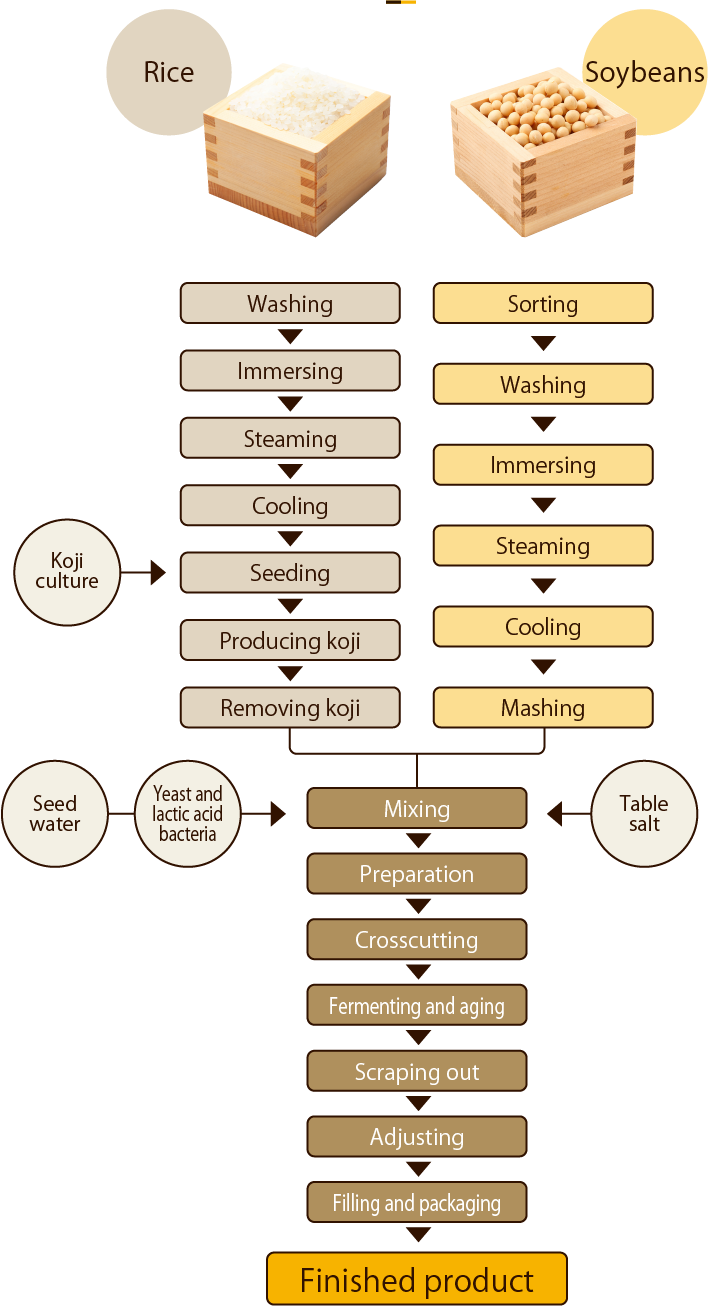


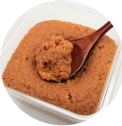

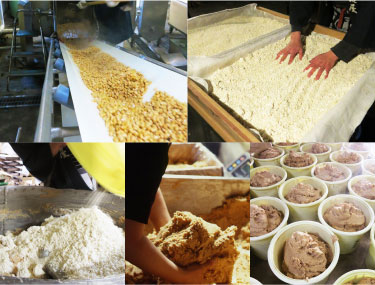
The History of Shinshu Miso
It’s said that Hoto Kokushi/Shinchi Kakushin, a native of Shinano Province’s Chikuma County (present day Matsumoto City), learned how to make miso in Song Dynasty China, and on returning to his country he promulgated the method of making miso along with his missionary work.
It’s said that the impetus for miso making in Shinano Province (present day Nagano Prefecture) was the “Kawanakajima tamari” Takeda Shingen had made as rations for his troops.
After Tokyo suffered catastrophic damage in the great earthquake, “Shinshu miso” sent as relief supplies greatly increased its popularity.
Due to the closing of silk mills in the Suwa region, miso production was started in the empty factories using the same methods that had made handmade miso for the workers there.
Tokyo had been reduced to scorched earth, but the delivery of high-quality miso from Nagano Prefecture, which was relatively untouched by the ravages of war, served to elevate public opinion about “Shinshu miso” to greater heights.
Nagano Prefecture Miso Inspection Regulations were announced in order to develop “Shinshu miso” even further, stringent quality inspections were instituted, and ideal quality control became the aim.
“Shinshu miso” collective trademark is registered, and the “Shinshu miso” brand spreads nationwide.
Shinshu Miso Research Institute completed.
Shinshu Miso Research Institute Southern Nagano Branch completed.
Begin Cultivating and supplying lactic acid bacteria and yeast. Great efforts made to improve the quality of “Shinshu miso”.
Receiving special designation from the First and Second Modernization Promotion Acts on Structural Improvements, worked proactively to modernize and streamline.
“Shinshu miso” shipments surpass 20 tons annually, for more than 50% share of the national market (#1 in Japan).





